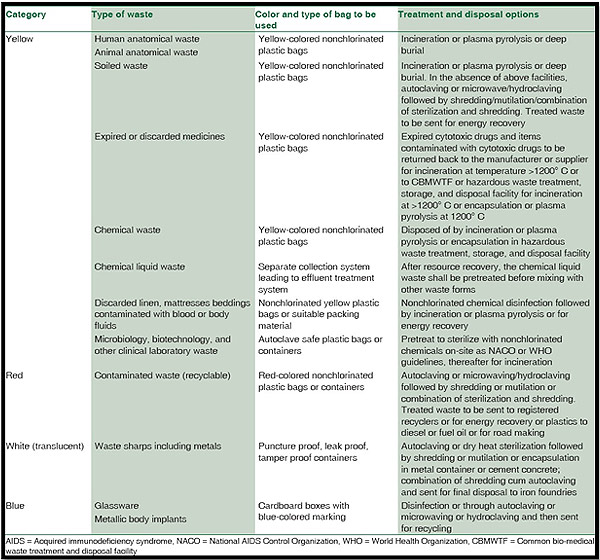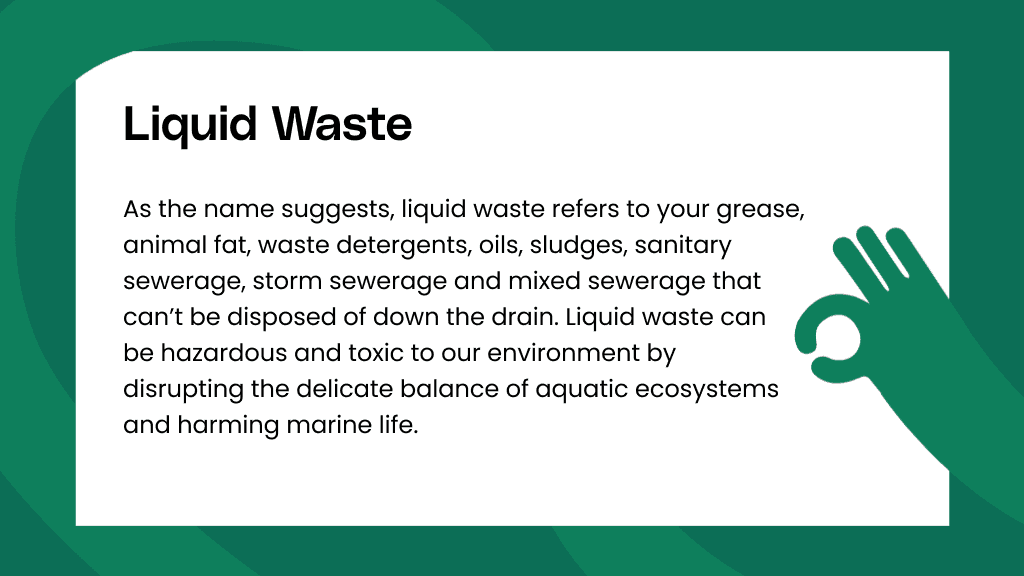Reclaim Waste Fundamentals Explained
Table of ContentsThe 9-Minute Rule for Reclaim Waste5 Simple Techniques For Reclaim WasteReclaim Waste Fundamentals ExplainedSome Known Incorrect Statements About Reclaim Waste Our Reclaim Waste Diaries
Residential sewage waste refers to the waste and items from a residential septic storage tank. The correct administration and disposal of residential sewage waste need fluid waste to be transferred to a sewer therapy plant where the proper techniques and tools are applied to cleanse and dispose of waste.
Business waste frequently consists of potential risks, such as combustible products or a mixture of liquid and strong waste products, and needs a more sophisticated and thorough disposal process. The disposal of industrial waste typically involves the filtering of waste prior to transport to make certain safe and appropriate disposal. Hazardous waste is created from byproducts and overflow of industrial procedures and manufacturing.
This type of waste can not make use of the very same sewage administration transportation or processes as septic or commercial fluids. The hazardous waste management procedure needs the inspection and screening of fluid waste before it undertakes the disposal procedure (industrial wastewater treatment). Runoff waste is the liquid waste that comes from runoff and excess stormwater in highly populated areas or cities
Runoff waste can trigger contamination and flooding if not dealt with appropriately. Making sure appropriate waste administration can protect against catastrophes and minimize ecological damage.
Some Ideas on Reclaim Waste You Should Know
Call PROS Services today to discover about our waste management and disposal services and the correct means to take care of the fluid waste you generate.
(https://reclaimwaste1.bandcamp.com/album/reclaim-waste)
Do you know what occurs to your water when you end, flush the commode or drain pipes the washing equipment? No? Well, it's worth recognizing. This so-called 'wastewater' is not just an important resource yet, after therapy, will be launched to our land, rivers or the sea. Used water from commodes, showers, baths, cooking area sinks, washings and industrial procedures is called wastewater.

water utilized to cool down equipment or clean plant and tools). Stormwater, a form of wastewater, is drainage that flows from farming and city areas such as roofs, parks, yards, roadways, paths and rain gutters right into stormwater drains pipes, after rain. Stormwater streams neglected straight to neighborhood creeks or rivers, ultimately getting to the sea.
Some Of Reclaim Waste
In Queensland, many wastewater is dealt with at sewage therapy plants. Wastewater is moved from domestic or industrial websites via a system of drains and pump terminals, called sewage reticulation, to a sewer therapy plant. Neighborhood federal governments develop, keep and run most sewage treatment plants. Operators are licensed under the Environmental Protection Act 1994 to release cured wastewater at an acceptable ecological requirement right into rivers.
The Department of Natural Resources encourages city governments concerning managing, operating and maintaining sewerage systems and therapy plants. In unsewered areas, city governments may require owners to install individual or family sewer treatment systems to deal with residential wastewater from commodes, kitchens, restrooms and laundries. The Department of Natural Resources authorizes the use of household systems when they are confirmed to be effective.
In some new neighborhoods, therapy of some stormwater to eliminate clutter, sand and gravel has actually begun using gross contaminant traps. Wastewater treatment takes place in four stages: Removes strong matter.
Wastewater after that flows right into like it big tanks where solids resolve and are eliminated as sludge. Grease and residue are skimmed from the surface area. Makes use of tiny living microorganisms referred to as micro-organisms to damage down and get rid of continuing to be liquified wastes and great fragments. Micro-organisms and wastes are incorporated in the sludge. Gets rid of nitrogen and phosphorus nutrients that could cause algal blossoms in our waterways and threaten water life.
How Reclaim Waste can Save You Time, Stress, and Money.
Nutrient elimination is not offered in all sewage therapy plants since it needs costly specialized devices. It is becoming much more typical in Queensland. Clear fluid effluent created after treatment may still contain disease-causing micro-organisms. If this effluent is released into waterways such as rivers or the sea, the micro-organisms will at some point die out.

This typically suggests wastewater needs to be treated or pollutants removed before it can be released to waterways. The majority of wastewater flows into the sewerage system. Under the Act, city governments carry out authorizations and permits for eco relevant activities (ERAs) including wastewater releases that might have a regional impact. The department provides approvals and licences to Periods involving wastewater launches that might have a regional or statewide impact.
What Does Reclaim Waste Do?
Or else, samples are considered laboratory evaluation. Commonly numerous examinations are required to develop the levels of each of the different toxins such as oils, heavy steels and pesticides in water. Tracking gives accurate info concerning water high quality and can validate that permit problems are being met. The details obtained via monitoring offers the basis for making water top quality decisions.